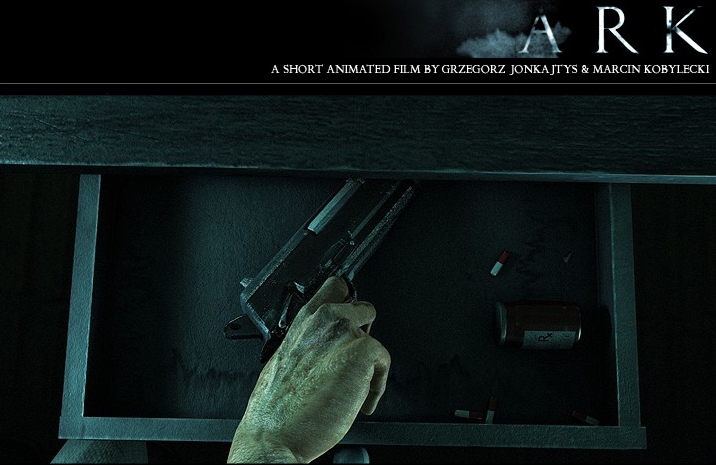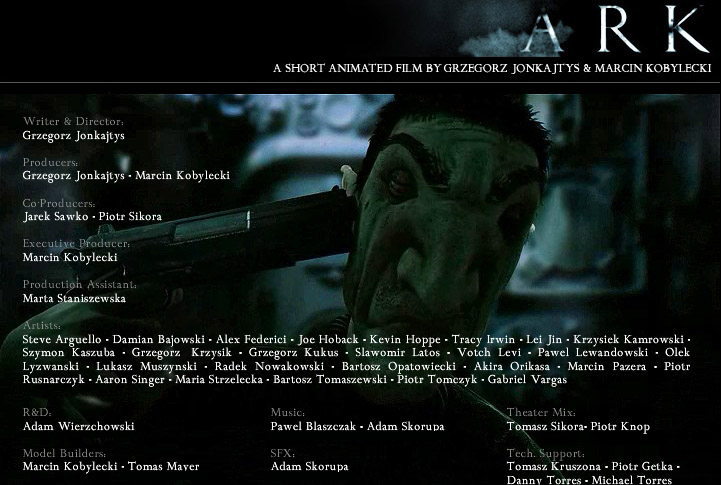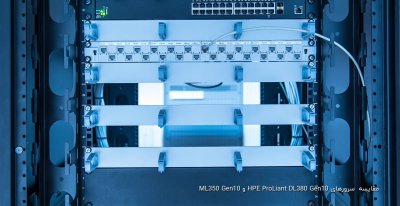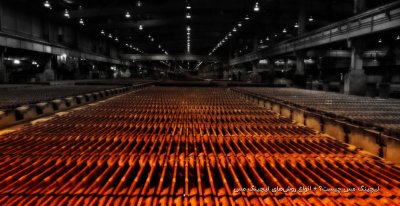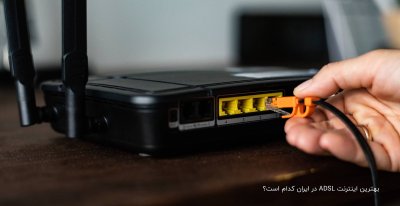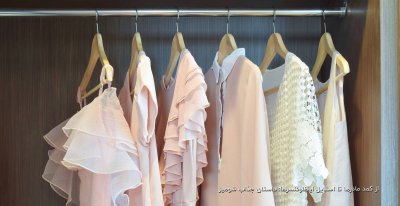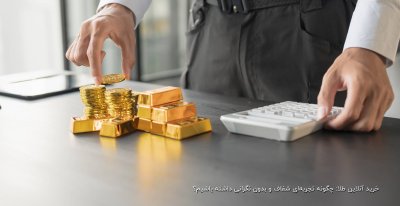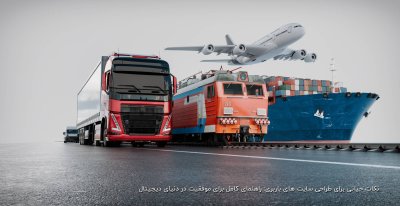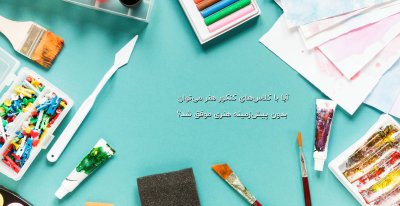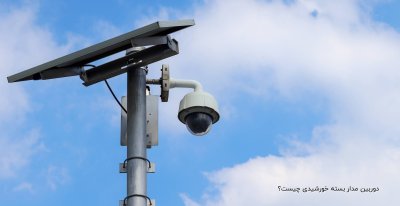DIMO
Active Member
Source::cgsociety

Among the films invited to be part of the Official Selection at the 60th Cannes Film
Festival was the Polish production called “Ark”. This short animated film is a joint
project of Grzegorz ‘Greg’ Jonkajtys (director, producer) and Marcin Kobylecki
(producer). Meanwhile, the film has just picked up an award of Distinction at the
Prix Ars International Competition of Cyberarts, and the jury at the Computer
Animation Festival of SIGGRAPH has granted it with the Best of Show award.
Grzegorz Jonkajtys is a graphic and animation artist, and director. He graduated from the Faculty of Graphic Arts at the Academy of Fine Arts in Warsaw. He even received an honourable mention from the Dean of the Academy. In 2000, he completed his first short animated film ‘Mantis’ which has won numerous festival awards in Poland and around the globe. “I was hired at Platige Image,” he says, “one of the best animation and postproduction studios in Poland, and continued my career as a digital artist and animator.”
He has now worked at CafeFX in the USA since 2003, creating animations and effects for feature film projects. He worked there, creating the effects in such films as “The League of Gentlemen”, “Gothika”, “Hellboy”, “Sin City” and “Pan's Labyrinth”.
Marcin Kobylecki is the executive producer at Platige Image in Poland. He is the executive producer of the among others.


Festival was the Polish production called “Ark”. This short animated film is a joint
project of Grzegorz ‘Greg’ Jonkajtys (director, producer) and Marcin Kobylecki
(producer). Meanwhile, the film has just picked up an award of Distinction at the
Prix Ars International Competition of Cyberarts, and the jury at the Computer
Animation Festival of SIGGRAPH has granted it with the Best of Show award.
Grzegorz Jonkajtys is a graphic and animation artist, and director. He graduated from the Faculty of Graphic Arts at the Academy of Fine Arts in Warsaw. He even received an honourable mention from the Dean of the Academy. In 2000, he completed his first short animated film ‘Mantis’ which has won numerous festival awards in Poland and around the globe. “I was hired at Platige Image,” he says, “one of the best animation and postproduction studios in Poland, and continued my career as a digital artist and animator.”
He has now worked at CafeFX in the USA since 2003, creating animations and effects for feature film projects. He worked there, creating the effects in such films as “The League of Gentlemen”, “Gothika”, “Hellboy”, “Sin City” and “Pan's Labyrinth”.
Marcin Kobylecki is the executive producer at Platige Image in Poland. He is the executive producer of the among others.



Over several weeks, I managed to catch up with Marcin and Greg to talk about the production of ‘Ark’. “The idea of the ‘Ark’ came to me back in 2001,” begins Grzegorz Jonkajtys, “closely after finishing my first film, ‘Mantis’.
I had a chance to see the Christian catacombs, during a visit to Rome. All those dark corridors, basically a maze, inspired me to create something new. The catacombs inspired me visually.”
They reminded Greg of the interior of the huge ship, carrying hundreds of fleeing fugitives. The common theme in these corridors was obviously ‘death’.
The film talks about a man trying to save the last remaining healthy humans from a deadly virus outbreak. He has arranged to gather the healthy few on these big ships, and travels the ocean in hope to find disease-free parts of the Earth.
Suddenly, he finds out that he himself is sick. The virus managed to come aboard the ship, but what he doesn't know though, is the true essence of the disease. This is the story.
Production turned out to be pretty uneasy due to the fact that the crew was very spread out, located in Poland and the US. Greg had to direct and supervise the production and do the whole film after, regular job at CafeFX.
Also Marcin Kobylecki has a regular job at Platige Image. Considering the distance and a different time zone, coordinating all needed tasks, communication, and putting everything together became pretty tedious.
The concept behind character design was simple. Greg wanted the inhabitants of the ‘Ark’ to resemble different animals. The story in the film evolved from a pretty simple SciFi story, into a more personal, psychological drama.
Personal experience had a lot to do with it too. “A short film is a great medium to tell a simple story,” says
Greg. ”Everyone seeing this movie should have a chance to interpret it individually.”

I had a chance to see the Christian catacombs, during a visit to Rome. All those dark corridors, basically a maze, inspired me to create something new. The catacombs inspired me visually.”
They reminded Greg of the interior of the huge ship, carrying hundreds of fleeing fugitives. The common theme in these corridors was obviously ‘death’.
The film talks about a man trying to save the last remaining healthy humans from a deadly virus outbreak. He has arranged to gather the healthy few on these big ships, and travels the ocean in hope to find disease-free parts of the Earth.
Suddenly, he finds out that he himself is sick. The virus managed to come aboard the ship, but what he doesn't know though, is the true essence of the disease. This is the story.
Production turned out to be pretty uneasy due to the fact that the crew was very spread out, located in Poland and the US. Greg had to direct and supervise the production and do the whole film after, regular job at CafeFX.
Also Marcin Kobylecki has a regular job at Platige Image. Considering the distance and a different time zone, coordinating all needed tasks, communication, and putting everything together became pretty tedious.
The concept behind character design was simple. Greg wanted the inhabitants of the ‘Ark’ to resemble different animals. The story in the film evolved from a pretty simple SciFi story, into a more personal, psychological drama.
Personal experience had a lot to do with it too. “A short film is a great medium to tell a simple story,” says
Greg. ”Everyone seeing this movie should have a chance to interpret it individually.”


THE TEAM
The production itself took two years, but the first concepts and sketches where created over three years ago. "During those two years of production," explains Greg, "I had a chance to work with a very talented team of artists, both from Poland and United States. Some of them concentrated on small elements. Some of them like Marcin Pazera, Akira Orikasa and Joe Hoback, were responsible for the whole sequences, or almost one-minute long shots. I cannot imagine my shots, without a great matte painting work done by Damian Bajowski or Krzysiek Kamrowski. Without miniatures done by Tomas Mayer and Marcin Kobylecki the movie wouldn’t look as it looks now at all.”
“The majority of the shots consisted of miniatures, backgrounds, CG characters and props. In fact, the workflow was pretty similar to the VFX workflow in feature films. The whole visual side of the film was based on actual hand-made miniatures. To create such a rich set would be very difficult in complete CG, especially when it comes to rendering and render farm.”
“Also, getting our hands dirty, away from the computers, was a good break from CG realm,” says Greg. “The miniatures were photographed using a Nikon D70 camera. For the moving camera shots, we used Platige Image’s Motion Control system that let us precisely replicate motion passes using a stop-motion technique, for shooting plates with still cameras. After the plates were created, we added CG props and characters, compositing it all together.”
The production itself took two years, but the first concepts and sketches where created over three years ago. "During those two years of production," explains Greg, "I had a chance to work with a very talented team of artists, both from Poland and United States. Some of them concentrated on small elements. Some of them like Marcin Pazera, Akira Orikasa and Joe Hoback, were responsible for the whole sequences, or almost one-minute long shots. I cannot imagine my shots, without a great matte painting work done by Damian Bajowski or Krzysiek Kamrowski. Without miniatures done by Tomas Mayer and Marcin Kobylecki the movie wouldn’t look as it looks now at all.”
“The majority of the shots consisted of miniatures, backgrounds, CG characters and props. In fact, the workflow was pretty similar to the VFX workflow in feature films. The whole visual side of the film was based on actual hand-made miniatures. To create such a rich set would be very difficult in complete CG, especially when it comes to rendering and render farm.”
“Also, getting our hands dirty, away from the computers, was a good break from CG realm,” says Greg. “The miniatures were photographed using a Nikon D70 camera. For the moving camera shots, we used Platige Image’s Motion Control system that let us precisely replicate motion passes using a stop-motion technique, for shooting plates with still cameras. After the plates were created, we added CG props and characters, compositing it all together.”

The technical aspects of creating the film’s characters was a pretty normal process for the team. “Concept sketching, modeling, texturing, animation and rendering the character set was a typical process,” Greg adds. “But what was really interesting in this project, were the miniature sets and the integration between them and the CG models.” Created by Marcin Kobylecki and Tomas Mayer, the miniatures played huge role in the film.
Adam Wierzchowski (R&D lead) wrote the special program which remote controlled Milo and the SLR camera. All images were 3K moving plates, captured as NEF format with multiple lighting variations.
Every artist, regardless of the discipline, likes the freedom of creation. The individual choice of tools helps them work on a higher level. Grzegorz Jonkajtys didn’t want to limit the artist that helped on the ‘Ark’ project in any way, so he let them use the software that they knew best, the software that they could be the most creative with.
“Cameras, models, and animation data was easily imported from different software,” says Greg, “and my task was to gather all this data together. Most of the time I was using Softimage|XSI. Also I used LightWave with Fprime, 3ds Max, and modo as well. The compositing was done mainly in Digital Fusion.”

From the beginning of the production, Greg Jonkajtys knew what he wanted in the story. The biggest challenge was coordinating the project. Synchronizing the work of this large bunch of people, at the far ends of the globe, required patience, organization and dedication to the project. “Without Marcin Kobylecki, I simply couldn’t direct this film,” says Greg.
Adam Wierzchowski (R&D lead) wrote the special program which remote controlled Milo and the SLR camera. All images were 3K moving plates, captured as NEF format with multiple lighting variations.
Every artist, regardless of the discipline, likes the freedom of creation. The individual choice of tools helps them work on a higher level. Grzegorz Jonkajtys didn’t want to limit the artist that helped on the ‘Ark’ project in any way, so he let them use the software that they knew best, the software that they could be the most creative with.
“Cameras, models, and animation data was easily imported from different software,” says Greg, “and my task was to gather all this data together. Most of the time I was using Softimage|XSI. Also I used LightWave with Fprime, 3ds Max, and modo as well. The compositing was done mainly in Digital Fusion.”

From the beginning of the production, Greg Jonkajtys knew what he wanted in the story. The biggest challenge was coordinating the project. Synchronizing the work of this large bunch of people, at the far ends of the globe, required patience, organization and dedication to the project. “Without Marcin Kobylecki, I simply couldn’t direct this film,” says Greg.


